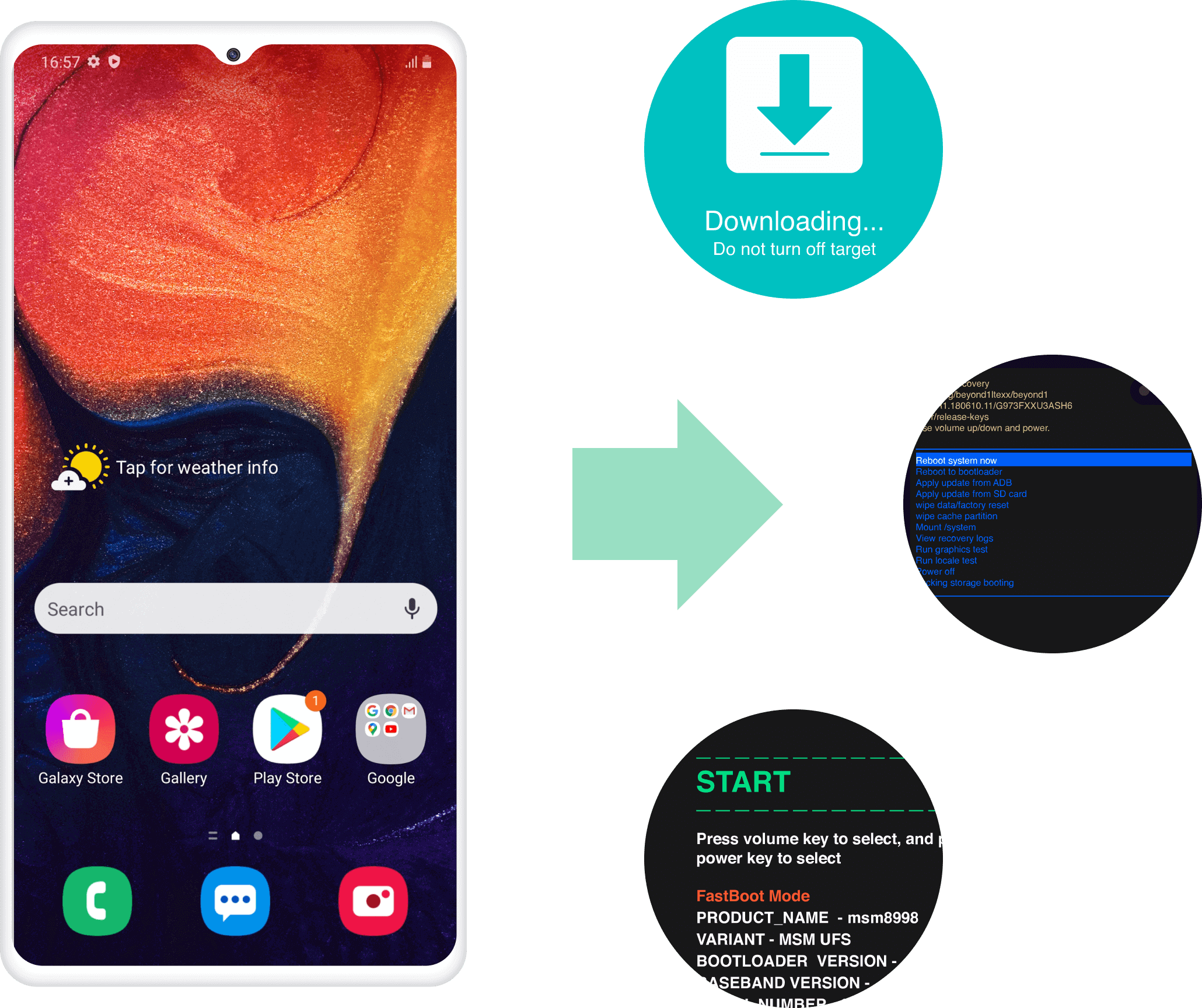RemoteIoT Behind Router Android Free: The Ultimate Guide For Smart Living
Have you ever wondered how to connect your IoT devices remotely without breaking the bank? RemoteIoT behind router Android free solutions are here to save the day! If you're tired of paying for expensive services or dealing with complicated setups, this guide has everything you need to get started. Whether you're a tech enthusiast or just someone looking to simplify their smart home setup, we've got you covered.
Imagine being able to control your smart lights, thermostats, and security cameras from anywhere in the world—all for free. It sounds too good to be true, right? Well, with the right tools and knowledge, it's not only possible but also surprisingly easy. In this article, we'll walk you through the process step by step so you can set up your own RemoteIoT system without spending a dime.
From understanding the basics of remote IoT connections to troubleshooting common issues, we've got all the info you need. So, if you're ready to take control of your smart home and unlock the full potential of your IoT devices, keep reading. Let's dive in!
- Capricorn January 5 Zodiac Sign Traits Compatibility
- Feb 14 2025 Your Daily Horoscope Zodiac Insights
What is RemoteIoT and Why Does It Matter?
RemoteIoT is all about connecting your Internet of Things (IoT) devices to the internet so you can control them remotely. Whether you're at work, on vacation, or just lounging in your backyard, having access to your smart home devices is super convenient. But here's the catch—many remote IoT solutions come with hefty price tags or require technical expertise that most people don't have. That's where "remote IoT behind router Android free" comes into play.
By leveraging your existing router and Android device, you can create a seamless remote IoT setup without spending a penny. This approach is perfect for those who want to enjoy the benefits of smart home technology without getting bogged down by complicated configurations or expensive subscriptions. Plus, it's a great way to learn more about networking and IoT in general.
Key Benefits of RemoteIoT Behind Router
Before we dive into the nitty-gritty details, let's take a look at some of the key benefits of setting up your own remote IoT system:
- The Connell Twins Tiktok Stars Controversy Latest Updates
- Sagittarius Celebrities Your Guide To The Bold Adventurous
- No Subscription Fees: Say goodbye to monthly payments for remote access services.
- Full Control: You have complete control over your setup, meaning you can customize it to fit your needs.
- Enhanced Security: By managing your own system, you reduce the risk of third-party breaches.
- Learning Opportunity: Setting up a remote IoT system is a fantastic way to expand your tech skills.
Understanding the Basics of IoT Devices
To fully grasp the concept of remote IoT, it's important to understand how IoT devices work. IoT, or the Internet of Things, refers to a network of physical objects—such as appliances, gadgets, and sensors—that are connected to the internet and can communicate with each other. These devices collect and exchange data, enabling you to monitor and control them remotely.
Some common examples of IoT devices include smart thermostats, security cameras, lighting systems, and even appliances like refrigerators and coffee makers. By connecting these devices to the internet, you can perform tasks like adjusting the temperature, turning lights on and off, or checking your home's security status from anywhere in the world.
How Do IoT Devices Communicate?
IoT devices communicate using various protocols and technologies. Here are a few of the most common ones:
- Wi-Fi: Most IoT devices connect to the internet via Wi-Fi, which allows for fast and reliable communication.
- Bluetooth: Some devices use Bluetooth for short-range communication, especially when power consumption is a concern.
- Zigbee and Z-Wave: These low-power wireless protocols are often used in smart home systems for their energy efficiency and reliability.
Understanding how these protocols work is essential for setting up a robust remote IoT system. It also helps you troubleshoot any connectivity issues that may arise.
Setting Up RemoteIoT Behind Router
Now that you have a basic understanding of IoT devices, let's talk about how to set up remote IoT behind your router. The process involves a few key steps, which we'll break down in detail below. Don't worry if you're not a networking expert—we'll guide you through each step so you can set up your system with confidence.
Step 1: Port Forwarding
Port forwarding is a crucial step in setting up remote IoT behind router. It allows you to direct incoming traffic from the internet to a specific device on your local network. Here's how you can set it up:
- Log in to your router's admin interface using its IP address.
- Locate the port forwarding section and create a new rule.
- Specify the port number and the IP address of the IoT device you want to access remotely.
While port forwarding can seem intimidating at first, it's actually quite straightforward once you get the hang of it. Just make sure to double-check your settings to avoid any security risks.
Step 2: Dynamic DNS
Another important step is setting up dynamic DNS (DDNS). DDNS helps you access your home network using a domain name instead of an IP address, which can change frequently. Here's how to set it up:
- Sign up for a DDNS service like No-IP or DuckDNS.
- Link your router to the DDNS service by entering your account credentials.
- Test the connection to ensure everything is working properly.
With DDNS in place, you'll always have a reliable way to connect to your IoT devices, even if your IP address changes.
Using Android Devices for RemoteIoT
Android devices are incredibly versatile when it comes to remote IoT setups. Thanks to their powerful processing capabilities and wide range of apps, you can use your Android phone or tablet to control your IoT devices from anywhere. Here's how:
Step 1: Install Necessary Apps
Start by installing apps that allow you to control your IoT devices. Some popular options include:
- Home Assistant: A powerful open-source platform for managing smart home devices.
- Termius: An SSH client that lets you securely connect to your IoT devices.
- TeamViewer: A remote access tool that can be used to control your IoT setup.
These apps provide a user-friendly interface for managing your IoT devices, making it easy to stay in control no matter where you are.
Step 2: Configure Remote Access
Once you've installed the necessary apps, it's time to configure remote access. This involves setting up secure connections between your Android device and your IoT devices. Here's a quick guide:
- Enable SSH or VNC on your IoT devices.
- Use the app of your choice to connect to your devices using their IP addresses or domain names.
- Test the connection to ensure everything is working as expected.
With your Android device set up for remote access, you'll have full control over your IoT devices at your fingertips.
Security Considerations for RemoteIoT
While remote IoT setups offer incredible convenience, they also come with potential security risks. It's important to take steps to protect your devices and data from unauthorized access. Here are a few tips to help you stay secure:
- Use Strong Passwords: Make sure all your IoT devices and network accounts are protected with strong, unique passwords.
- Enable Two-Factor Authentication: Whenever possible, use two-factor authentication to add an extra layer of security.
- Keep Firmware Updated: Regularly update the firmware on your IoT devices to patch any vulnerabilities.
By following these best practices, you can enjoy the benefits of remote IoT without compromising your security.
Troubleshooting Common Issues
Even the best-laid plans can encounter hiccups, so it's important to know how to troubleshoot common issues with your remote IoT setup. Here are a few problems you might encounter and how to fix them:
Issue 1: Unable to Connect
If you're having trouble connecting to your IoT devices remotely, try the following:
- Double-check your port forwarding settings.
- Verify that your DDNS service is working correctly.
- Ensure that your IoT devices are powered on and connected to the network.
Issue 2: Slow Performance
Slow performance can be frustrating, but it's usually easy to fix. Here are a few tips:
- Check your internet speed and upgrade if necessary.
- Optimize your router's settings for better performance.
- Limit the number of devices connected to your network.
By addressing these issues, you can ensure a smooth and reliable remote IoT experience.
Conclusion: Take Control of Your Smart Home
Setting up remote IoT behind router Android free is a fantastic way to enhance your smart home experience without breaking the bank. With the right tools and knowledge, you can enjoy the convenience and flexibility of controlling your IoT devices from anywhere in the world. Remember to prioritize security and regularly update your system to stay protected.
So, what are you waiting for? Dive into the world of remote IoT and unlock the full potential of your smart home. Don't forget to share this article with your friends and family, and leave a comment below if you have any questions or feedback. Happy tinkering!
Table of Contents
- What is RemoteIoT and Why Does It Matter?
- Understanding the Basics of IoT Devices
- Setting Up RemoteIoT Behind Router
- Using Android Devices for RemoteIoT
- Security Considerations for RemoteIoT
- Troubleshooting Common Issues
- Polk County Passport Guide Find Offices Apply Today
- Bilbao Spain Your Ultimate Guide To Basque Countrys Gem

How To Use RemoteIoT Behind Router Android Free For Enhanced Connectivity

How To Use RemoteIoT Behind Router Without Windows Free A

How To Use RemoteIoT Behind Router Without Windows Free A